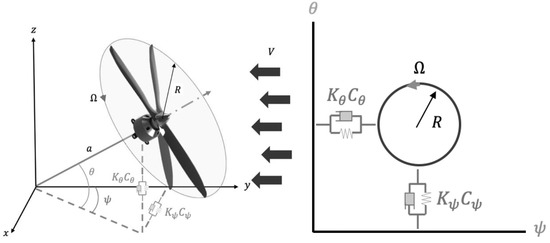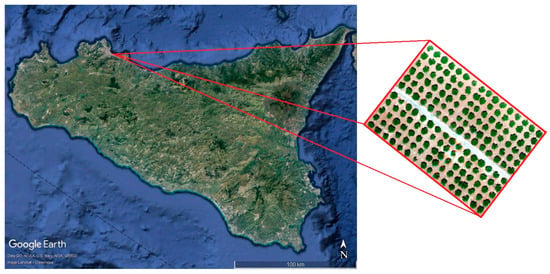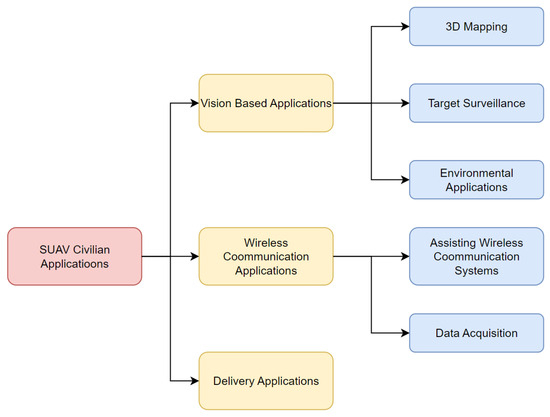Feature Papers Collection of the World’s Top 2% Scientists in Drones
A topical collection in Drones (ISSN 2504-446X).
Viewed by 15523Editors
Interests: photogrammetry; laser scanning; 3D modeling; topography; cartography
Special Issues, Collections and Topics in MDPI journals
Interests: photogrammetry; drones; laser scanning; radiometric calibration; remote sensing; RGB-D sensors; 3D modeling; mobile mapping; metrology; verification; inspection; quality control
Special Issues, Collections and Topics in MDPI journals
Topical Collection Information
Dear Colleagues,
The rapid advancement of drone technology has resulted in an array of innovative applications that have far-reaching implications across various disciplines. Drones takes immense pride in spearheading the dissemination of groundbreaking research and providing insights pertaining to drone technology. Last year, Stanford University published an update of the list of the top 2% most widely cited scientists—the World’s Top 2% Scientists—and 25 Editorial Board Members from Drones were featured in it. In light of this, Drones is thrilled to announce a Topical Collection dedicated to showcasing the exceptional work of scholars from the World's Top 2% Scientists and the Highly Cited Researchers List.
The Topical Collection aims to encapsulate the latest advancements, breakthroughs, and visionary concepts in drone technology and its multifaceted applications. By focusing exclusively on the work of the world's most influential researchers, we seek to present a collection of research articles and reviews that collectively define the cutting edge of drone innovation.
This Topical Collection accepts manuscripts in the form of an original research article or a review in the realm of drones. Manuscripts will undergo rigorous peer-review to ensure the highest standards of quality and impact.
We eagerly anticipate your participation in this Collection.
Prof. Dr. Diego González-Aguilera
Prof. Dr. Pablo Rodríguez-Gonzálvez
Collection Editors
Manuscript Submission Information
Manuscripts should be submitted online at www.mdpi.com by registering and logging in to this website. Once you are registered, click here to go to the submission form. Manuscripts can be submitted until the deadline. All submissions that pass pre-check are peer-reviewed. Accepted papers will be published continuously in the journal (as soon as accepted) and will be listed together on the collection website. Research articles, review articles as well as short communications are invited. For planned papers, a title and short abstract (about 100 words) can be sent to the Editorial Office for announcement on this website.
Submitted manuscripts should not have been published previously, nor be under consideration for publication elsewhere (except conference proceedings papers). All manuscripts are thoroughly refereed through a single-blind peer-review process. A guide for authors and other relevant information for submission of manuscripts is available on the Instructions for Authors page. Drones is an international peer-reviewed open access monthly journal published by MDPI.
Please visit the Instructions for Authors page before submitting a manuscript. The Article Processing Charge (APC) for publication in this open access journal is 2600 CHF (Swiss Francs). Submitted papers should be well formatted and use good English. Authors may use MDPI's English editing service prior to publication or during author revisions.















